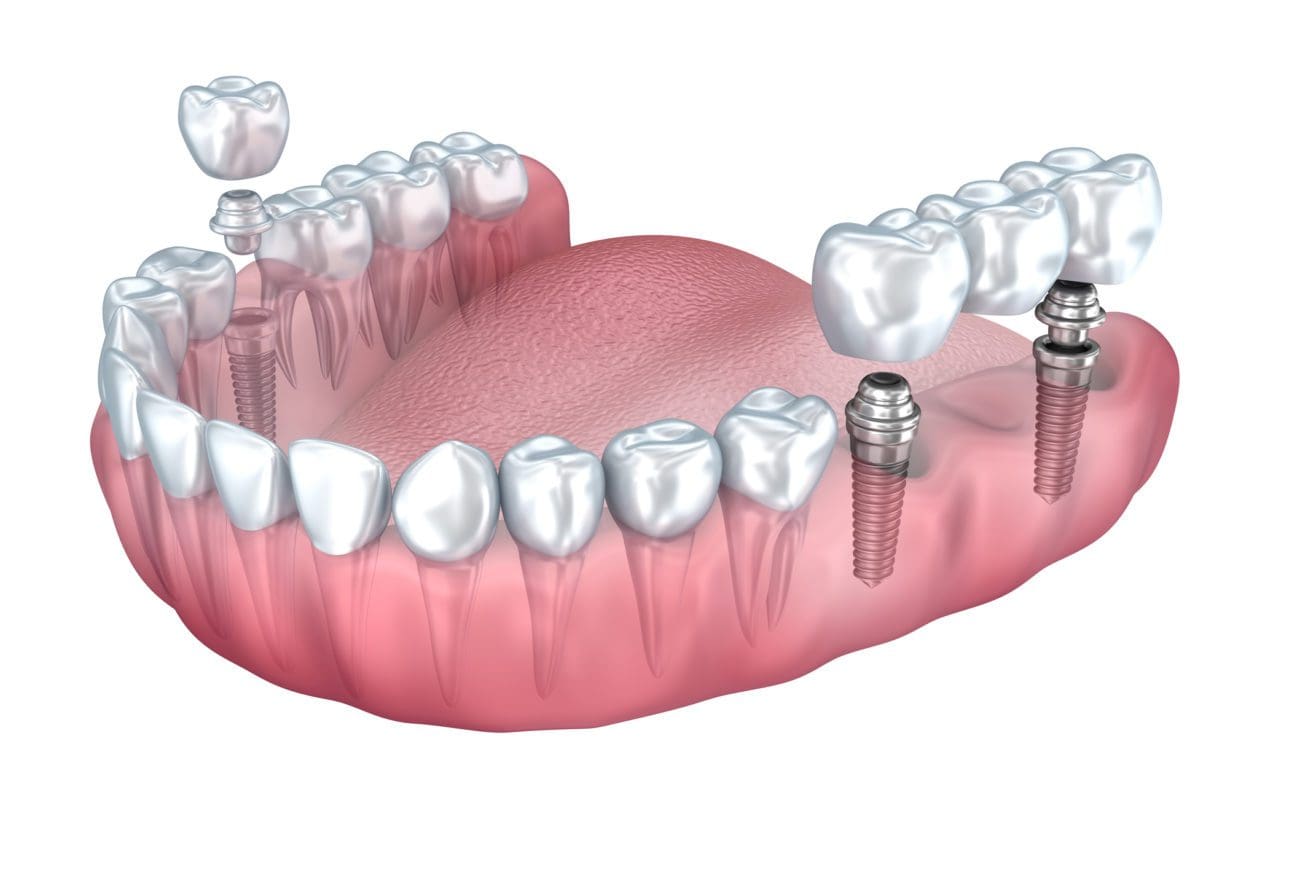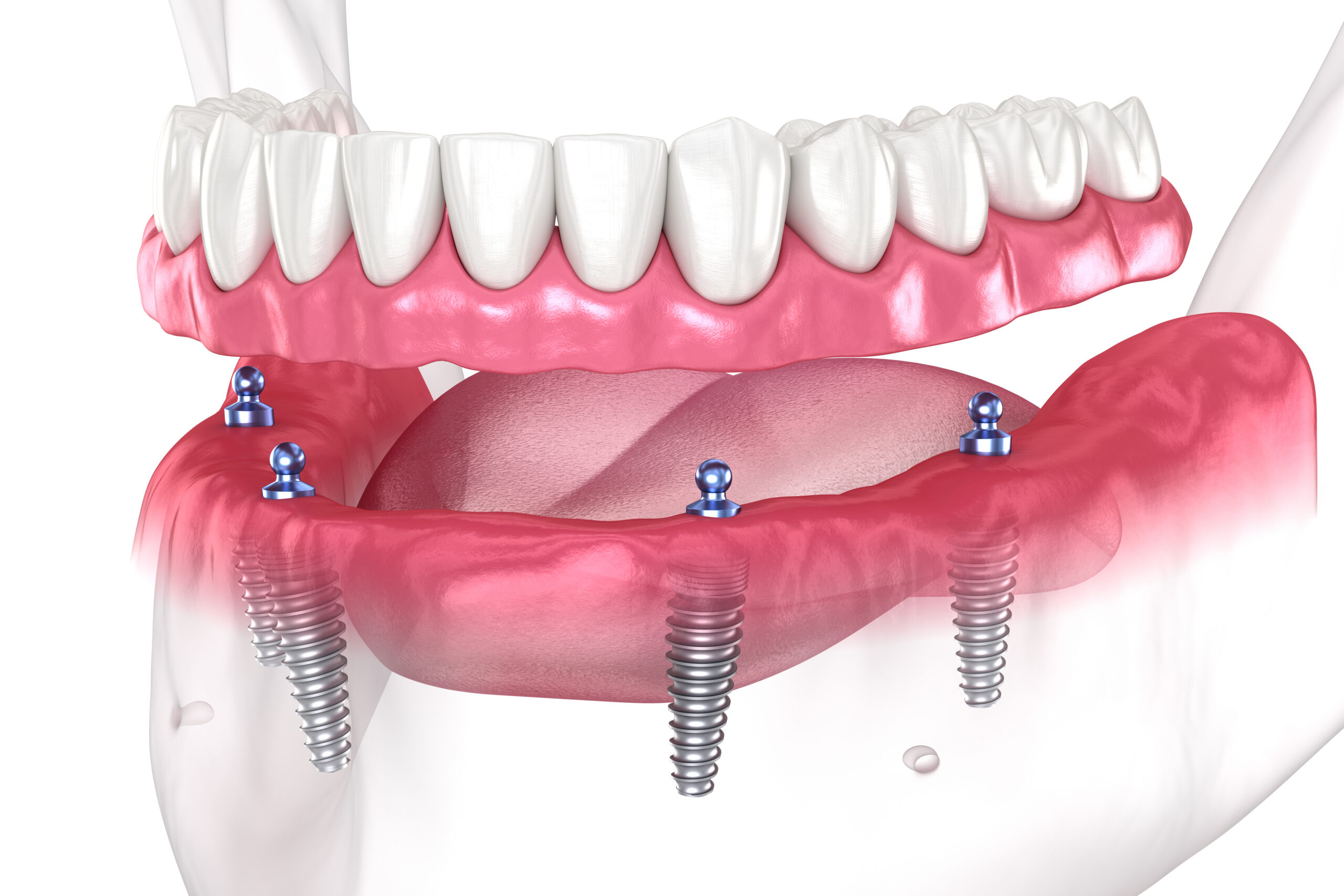The Dental Sense Ideas
The Dental Sense Ideas
Blog Article
Some Known Factual Statements About Dental Sense
Table of ContentsThe Basic Principles Of Dental Sense The Best Guide To Dental SenseSome Ideas on Dental Sense You Should KnowDental Sense Fundamentals Explained
are medical tools operatively dental implanted right into the jaw to recover a person's ability to eat or their appearance. They provide assistance for fabricated (fake) teeth, such as crowns, bridges, or dentures. When a tooth is shed as a result of injury or condition, an individual can experience problems such as quick bone loss, faulty speech, or changes to eating patterns that cause pain.Oral implant systems include a dental implant body and dental implant abutment and may also consist of an abutment addiction screw. Wisdom tooth cavity. The oral implant body is surgically placed in the jawbone in place of the tooth's origin. The dental implant abutment is generally affixed to the implant body by the abutment fixation screw and extends via periodontals into the mouth to sustain the attached artificial teeth
(https://allmyfaves.com/dentalsense1?tab=Dental%20Sense)Structure of The Oral Implant System choosing dental implants, talk to your dental provider about the possible benefits and risks, and whether you are a prospect for the procedure. Things to think about: Your general health is an essential consider identifying whether you are a good prospect for oral implants, for how long it will certainly take to recover, and just how long the dental implant may remain in area.
Smoking may affect the recovery procedure and decrease the long-lasting success of the implant. The recovery process for the implant body might take several months or longer, during which time you generally have a momentary joint in place of the tooth. the oral implant procedure: Very carefully follow the dental health guidelines provided to you by your dental supplier.
Everything about Dental Sense
Implant failing can lead to the need for one more operation to fix or replace the dental implant system. Restores the ability to chew Brings back cosmetic appearance Helps maintain the jawbone from diminishing due to bone loss Preserves the health of the surrounding bone and gums Helps maintain adjacent (close-by) teeth stable Boosts high quality of life Damages to bordering all-natural teeth throughout dental implant placement Injury to the surrounding tissues during surgical procedure, such as sinus opening Injury throughout surgical procedure (for instance, fracture of surrounding jawbone) Insufficient feature, such as seeming like the teeth do not attack with each other generally An experience that the tooth hangs or turning in position resulting from an abutment screw loosening Implant body failure (looseness of the implant body) because of systemic infection, which might be more probable in individuals with uncontrolled diabetes mellitus due to neighborhood infection in bone and gums sustaining the implant body as a result of postponed healing, which might be most likely in patients who smoke Problem cleaning up the gums around the implant, causing inadequate dental health Untreated periodontal condition Post-surgical numbness due to nerve impingement or damage Always alert health and wellness care companies and imaging technicians that you have dental implants prior to any kind of magnetic vibration imaging (MRI) or x-ray procedures.
FDA is not conscious of any type of negative events reported for MRI or x-ray treatments with dental implants. Dental implants systems are normally made of products that follow worldwide agreement criteria of the International Organization for Standardization (ISO) or ASTM International. These criteria have details of what makes a secure product.

An oral implant is a structure that replaces a missing out on tooth. With screw-like gadgets, the cosmetic surgeon inserts a dental implant into the jawbone, and it acts as a support for a man-made tooth, called a crown.
The Ultimate Guide To Dental Sense
Some people are not eligible for dental implant surgical procedure. It is for oral doctors to operate on people with: severe illnessuncontrollable metabolic diseasebone or soft tissue disease or infectionIf these concerns are settled, a person can have the surgery. In, dental doctors avoid operating on people with: If individuals with any one of the above undertake oral implant surgical treatment, there is a higher danger of the dental implant falling short.

Dental implant surgical treatment is a customized process. It's not the exact same for everybody. The following gives a general overview of what you can expect your dental professional, oral surgeon, periodontist or prosthodontist to do: Place the dental implant operatively. Offer you time to recover. Connect the article and last crown, bridge or denture.
Next, your specialist will meticulously position the dental implant into your jaw. Your doctor will rearrange your gums and close the incision with stitches. If your dental implant is near the front of your mouth, your dental professional will certainly make a momentary tooth for you to put on till you recover. This way, you won't have a gap in your smile while you recoup.
The 5-Minute Rule for Dental Sense
Your company can inform you what to expect in your scenario. During the recovery phase, your jawbone should fuse to the oral implant. This process, called osseointegration, is essential for stability and long-lasting success. This click for info process can take anywhere from three to 9 months. In many cases, it might take longer.
As soon as your implant heals, your dental practitioner can attach the abutment (tiny port post) and your last restoration (crown, bridge or denture). This typically takes concerning one hour to complete and may need a second small surgical procedure. You should not really feel any pain during your dental implant procedure since your service provider will utilize drug to numb your periodontals.
Report this page